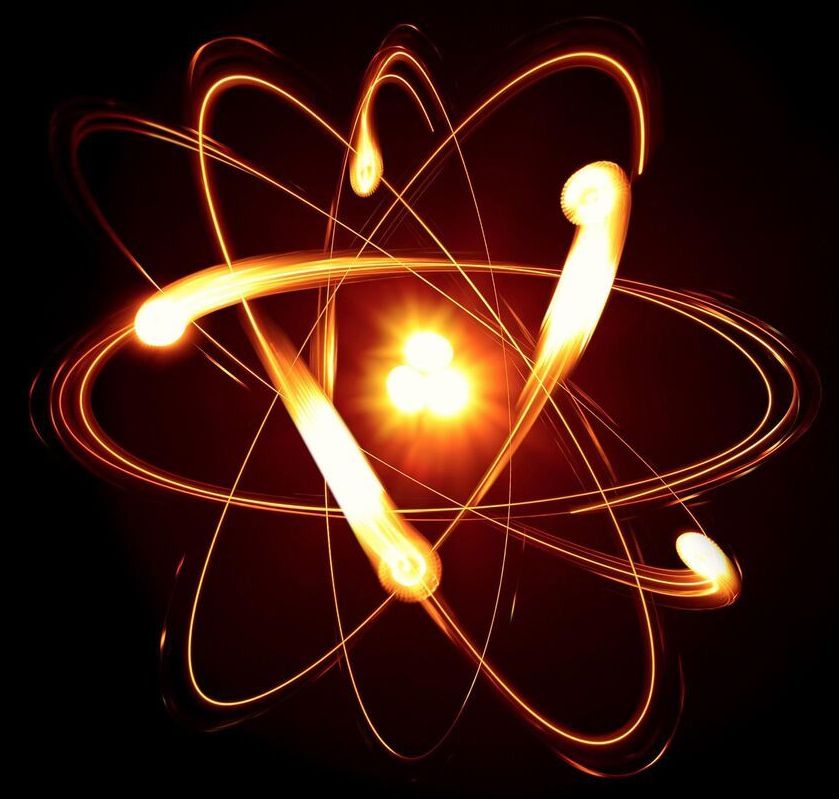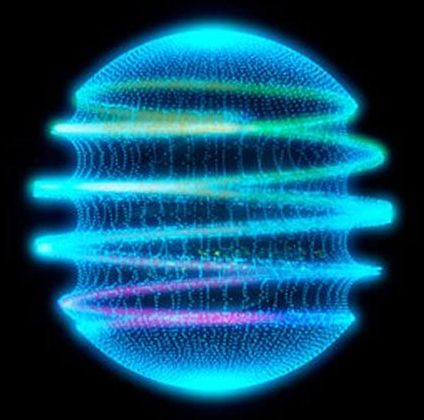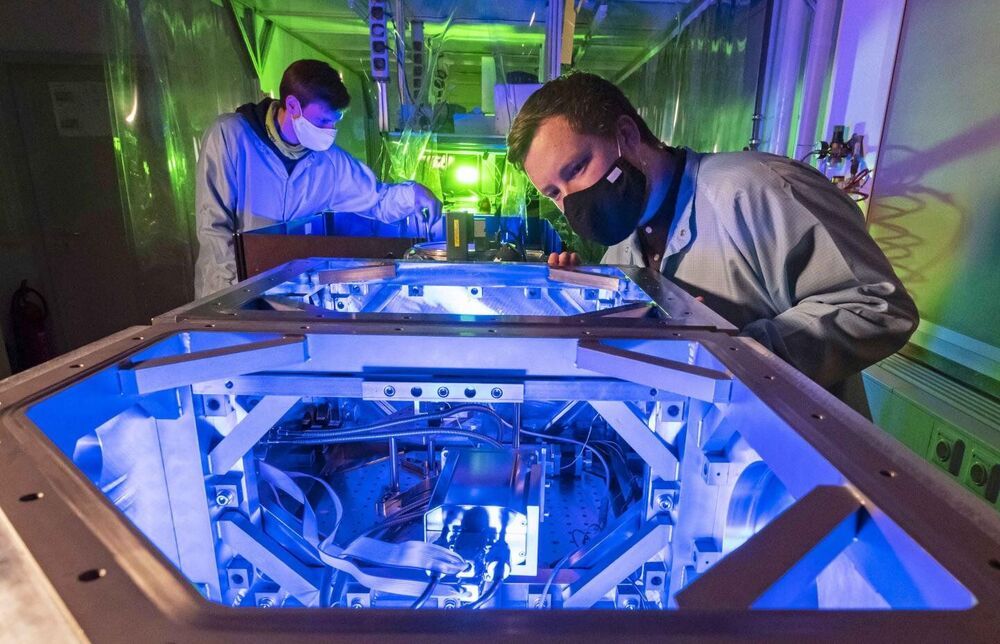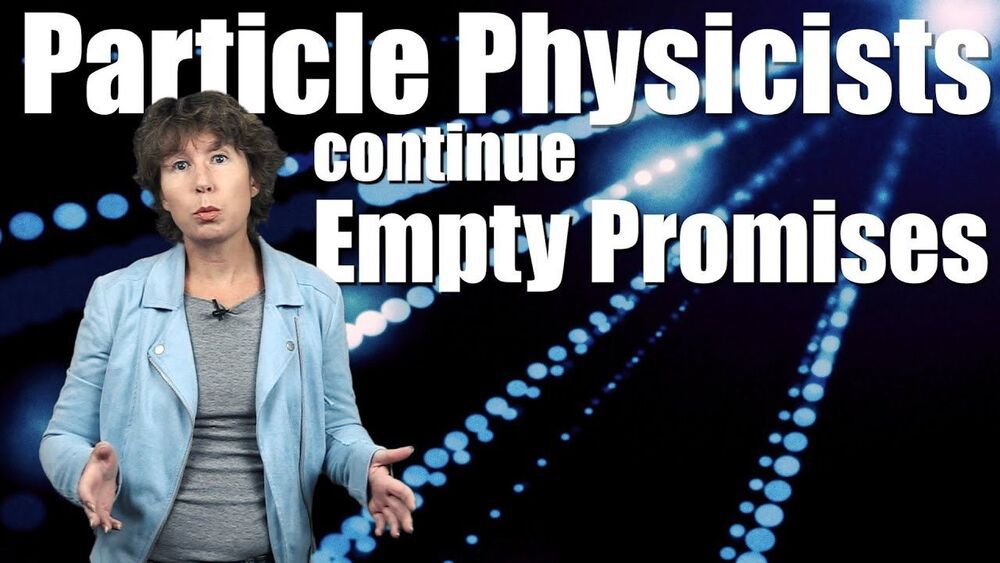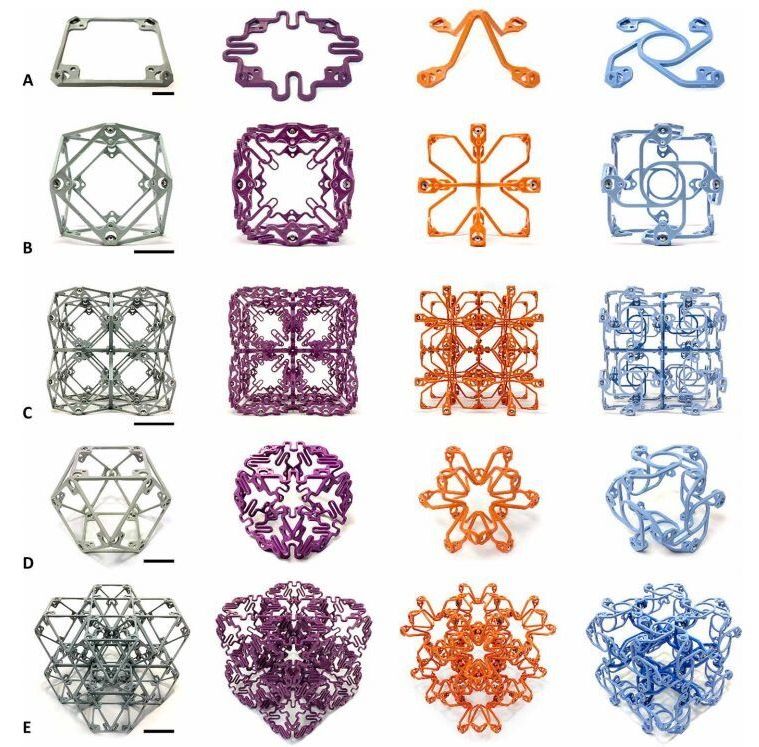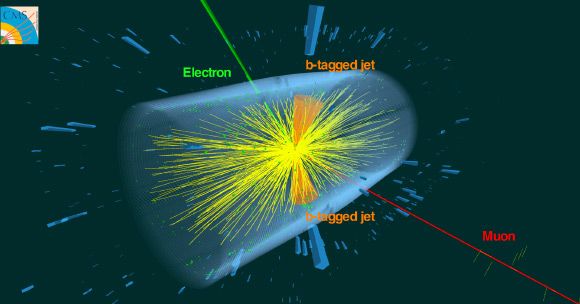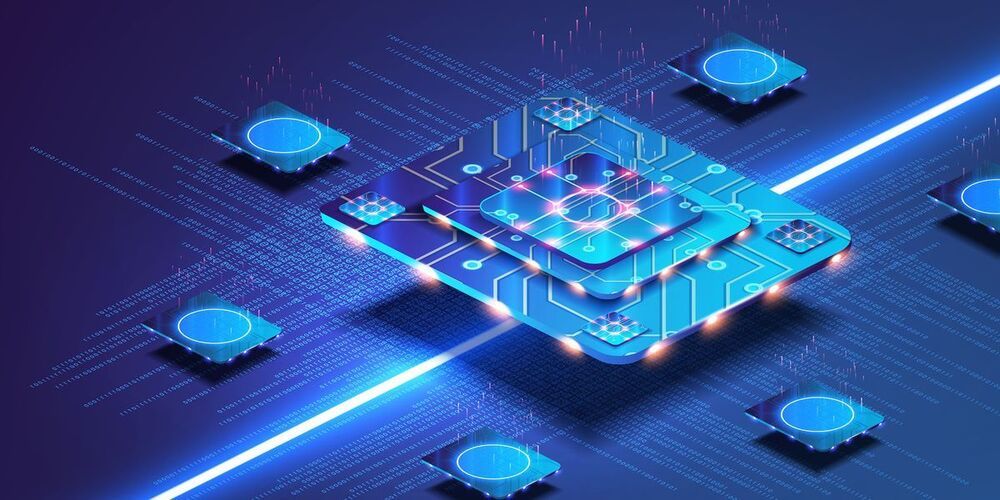Nov 20, 2020
Decades Old Mystery Solved: A “New Kind of Electrons”
Posted by Quinn Sena in categories: materials, particle physics
Why do certain materials emit electrons with a very specific energy? This has been a mystery for decades — scientists at TU Wien have found an answer.
It is something quite common in physics: electrons leave a certain material, they fly away and then they are measured. Some materials emit electrons, when they are irradiated with light. These electrons are then called “photoelectrons.” In materials research, so-called “Auger electrons” also play an important role — they can be emitted by atoms if an electron is first removed from one of the inner electron shells. But now scientists at TU Wien (Vienna) have succeeded in explaining a completely different type of electron emission, which can occur in carbon materials such as graphite. This electron emission had been known for about 50 years, but its cause was still unclear.
Strange electrons without explanation.
